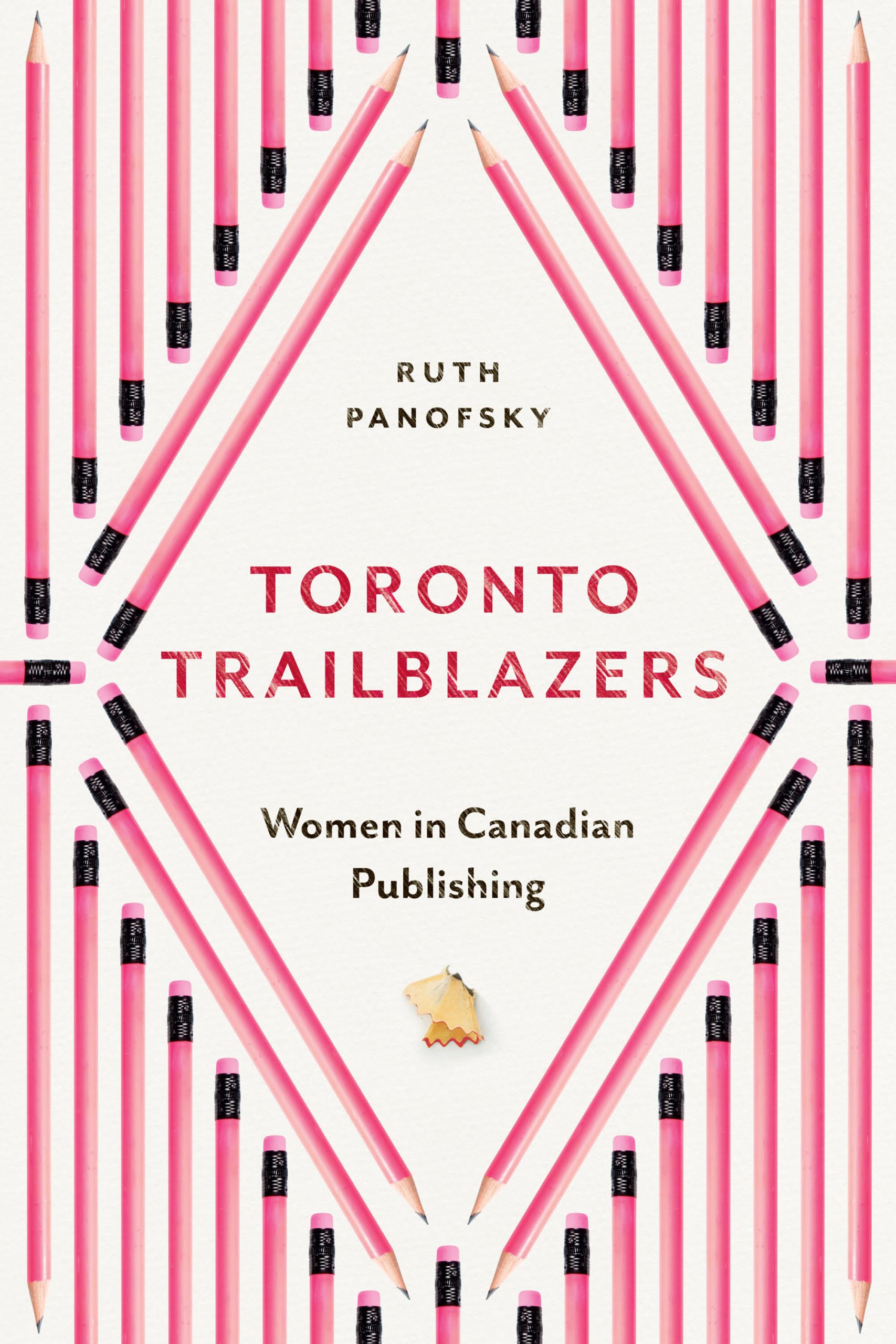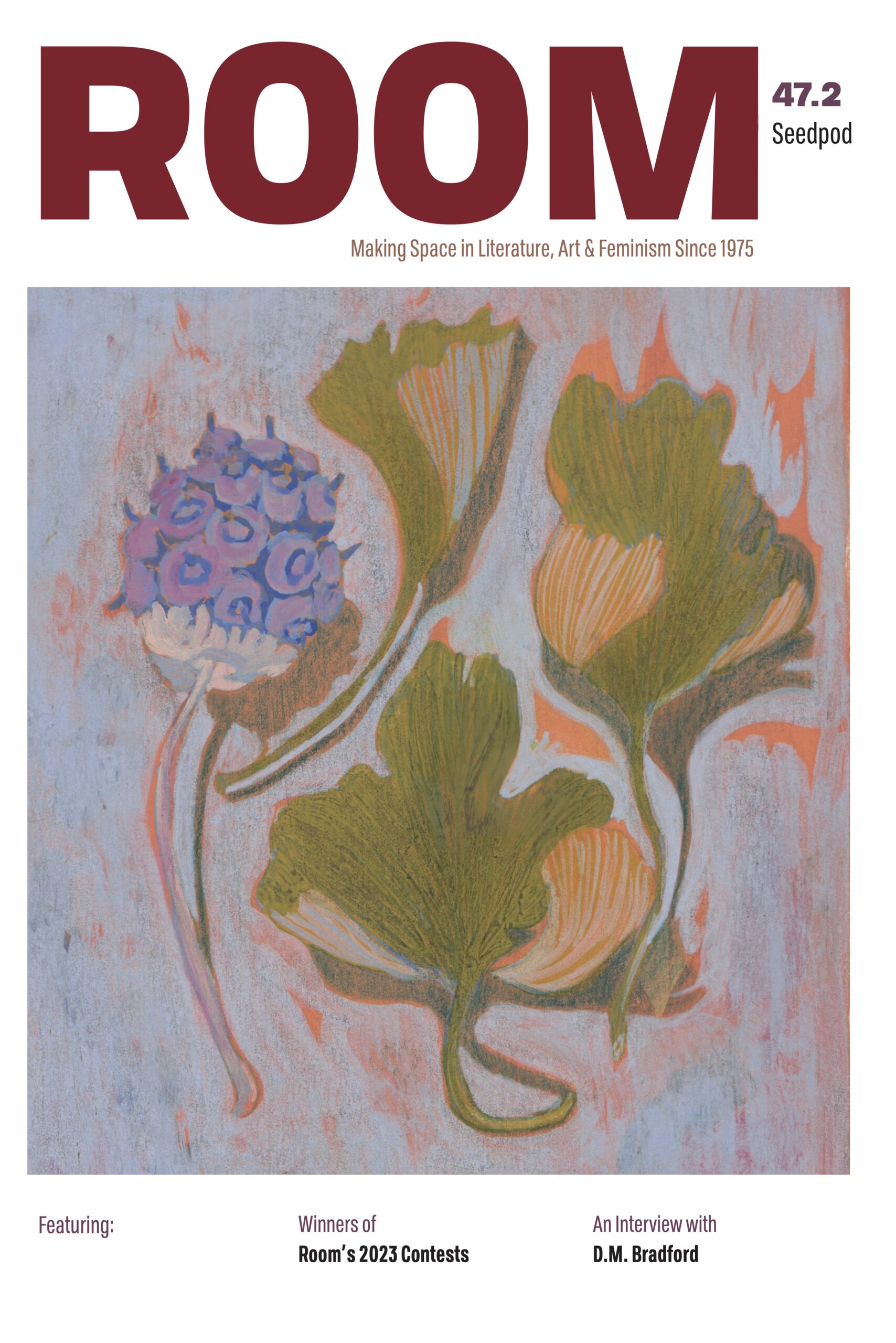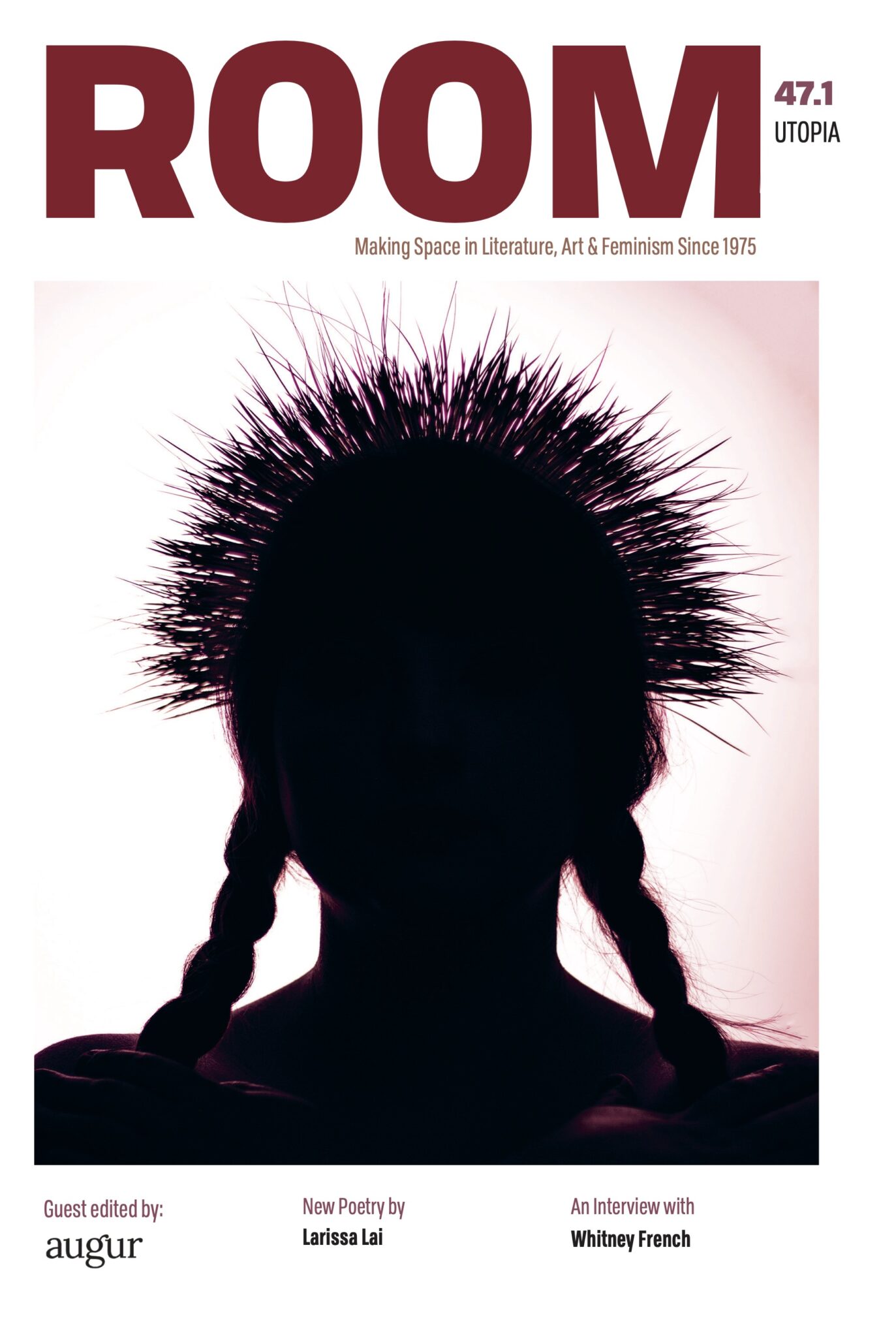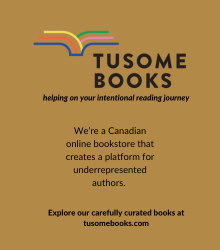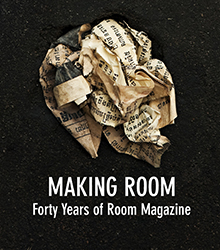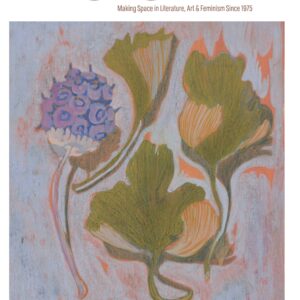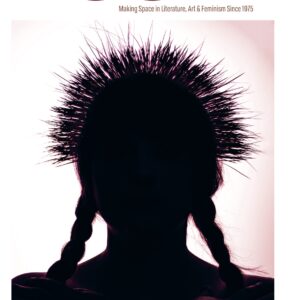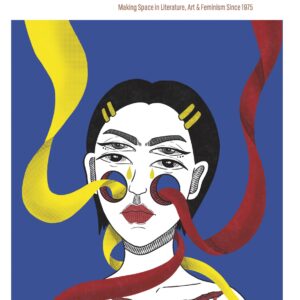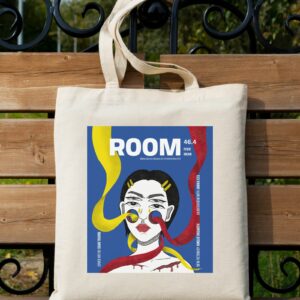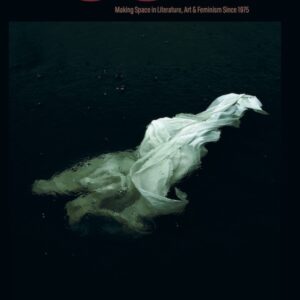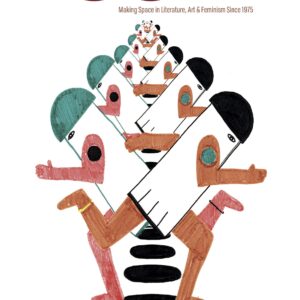Publishing’s most avowed history is usually an American one with an all-male cast, peopled by scions like Scribner and Knopf who ruled from corporate thrones. But in an engrossing new book, Toronto Trailblazers: Women in Canadian Publishing (UTP), noted scholar, writer, and book historian Ruth Panofsky offers a lively, impeccably researched, and original history from below of Canada’s publishing industry through the lives of the largely invisible female workforce who shaped it. Lauren Kirshner interviewed Ruth Panofsky about Toronto Trailblazers and the historic role of women in Canada’s publishing industry.
Publishing’s most avowed history is usually an American one with an all-male cast, peopled by scions like Scribner and Knopf who ruled from corporate thrones. But in an engrossing new book, Toronto Trailblazers: Women in Canadian Publishing (UTP), noted scholar, writer, and book historian Ruth Panofsky offers a lively, impeccably researched, and original history from below of Canada’s publishing industry through the lives of the largely invisible female workforce who shaped it. Without huge salaries, away from the limelight, at a time when women faced massive institutional barriers to career advancement, a group of tenacious women established the eminence of their presses and elevated professional editing to an art.
Panofsky’s book is the first to examine the role women played in shaping Canadian literary culture, and will be of great interest to those attentive to book and publishing history. That few of her figures are known to a wider audience underscores the volume’s raison d’etre. The book’s cast is Irene Clarke, Eleanor Harman, Frances Halpenny, Claire Pratt, Sybil Hutchinson, Anna Porter, and Bella Pomer. Panofsky traces how these seven “trailblazers” helped foster a modern Canadian literature and set the stage for women’s now wide – if not dominant – place in publishing. Though employed across firms at different times, with their own unique professional styles, each woman changed Canadian publishing by adopting new ways of acquiring titles, handling manuscripts, championing emerging writers, and developing book design. Panofsky animates each woman’s career by weaving together research, interviews, and rich social history, moving chronologically through the 20th century and concluding with a snapshot of the present. The book is comprehensive and marshals admiration for a group of talented, determined, and inventive professionals who understood publishing as both a business and an art.
One of the book’s most memorable anecdotes illustrates an editor’s quick wittedness in action. In 1959, Eleanor Harman, then at the University of Toronto Press, discovered a production error in a book of photographs by portraitist Yousef Karsh that was about to ship to bookstores. A chemical reaction between the ink and glue had loosened the sheaf of photographs at the center of the book, splitting it from the binding. While many would have panicked at the printing snafu – as stately portraits of Georgia O’Keeffe and Tennessee Williams tumbled out – Harman ingeniously improvised. She printed a notecard for each book stating that the loose prints were a bonus for the reader who could hang them in their homes, if they desired. The first printing sold out. By turning a blunder into a boon for the reader, disaster was averted.
Few of the women in Toronto Trailblazers characterized themselves as feminist, but that may have been a survival strategy given the barriers they faced in a male-dominated field at a time when accommodation and maneuvering within the system was more practicable than overturning it. (For this reason, we feel wrenching frustration as we read of one editor’s official duty of serving her male colleagues tea). Then again, as Panofsky astutely suggests, these women might have seen their ultimate professional success as the sweetest form of resistance. More than ideological similarity, the figures in Panofsky’s book took pride in their vocation and put the work first. They sought to leave a legacy less in a political sense than through their literary stewardship that resulted in the publication of important and memorable Canadian books.
In this regard, Toronto Trailblazers does a masterful job of exploring the catalyzing, sometimes cantankerous, and often intimate relationships between editors and writers. The publisher Irene Clarke, for example, was so enamored of the then relatively unknown Emily Carr’s writings that she embarked on a campaign not only to publish the artist, but to work tirelessly to bring her to national prominence. In a letter to Carr, one can hear the will in Clark’s voice: “When the rest of us are gone & forgotten, you will be spoken of as one of the greatest…” Carr’s memoir, Klee Wyck, ended up winning the 1941 Governor General’s Literary Award for non-fiction. A decade later, editor Sybil Hutchinson nurtured a young immigrant writer named Henry Kreisel, cheerleading him with notes of encouragement, eventually galvanizing the struggling writer to finish two important novels under her guidance. While romantic notions of authorship often reduce books to alchemical reactions between the wizardly writer and their magic pen/wand, Toronto Trailblazers explores the potent relationships between editors and authors, and gives due credit to the huge role editors play in literary production.
Lauren Kirshner interviewed Ruth Panofsky about Toronto Trailblazers and the historic role of women in Canada’s publishing industry.
LAUREN KIRSHNER: Much of your work focuses on Canadian literature and book history, and your last book was on the history of Macmillan. Was it through that project that you discovered the figures profiled in Toronto Trailblazers? Can you tell us a bit about the origins of the project?
RUTH PANOFSKY: Early on in my career, via research into the publication of novels by Mazo de la Roche and Adele Wiseman, I learned that women have always been active participants in Canadian publishing. Their contributions, however, were rarely recognized and I felt called to bring their achievements to light.
In 2012, I published a book on the Macmillan Company of Canada, which includes a chapter on editor Ellen Elliott. Elliott was with the company for twenty-seven years and had a profound impact on the firm. The book also profiles Gladys Neale, who was the highly respected head of educational publishing at Macmillan, as well as a number of women manuscript readers, one of whom was the renowned poet Gwendolyn MacEwen.
My work on the women of Macmillan inspired me to write Toronto Trailblazers. For this project, rather than study an individual firm, I chose to investigate the contributions of seven women who worked for mainstream publishing companies. This is my first book-length study devoted exclusively to women in publishing.
LK: In the introduction to your book, you offer a compelling capsule history of women in publishing in Canada from the nineteenth century. Although we typically think of publishing as a male business – indeed, the histories depict it as such – you explore how women in the nineteenth century were quite involved in the publishing trade, usually behind the scenes. What were women’s early roles in publishing in Canada and what limits did they face?
RP: The first printing press arrived in Halifax, Nova Scotia via Boston in 1751 and, from that point forward, women have worked in Canada’s print and publishing trades. In the eighteenth and nineteenth centuries, daughters, wives, and widows worked in family businesses and often were employed as compositors, printers, and bookbinders.
By 1871, women were working in printing offices and binding shops. In printing offices, women were compositors and, later, typesetters, but most were press feeders. They were held back professionally, not only by their wages, which were less than half those of their male co-workers, but by the unwillingness of printers’ unions to allow them entry into apprenticeship. As a result, they found employment in non-unionized offices, where they were exploited as cheap labour. In binding shops, women folded, collated, and sewed sheets, and, given their considerable numbers, were permitted entry to binders’ unions. Employers, however, persisted in viewing single women as temporary workers who would leave the labour market upon marriage, and married women as secondary wage earners, attitudes that kept female workers in precarious employment.
Over the course of the twentieth century, as women entered the labour market in growing numbers, many found their way into the English-language publishing houses clustered in Toronto. First, they were proofreaders and manuscript reviewers. Gradually, they became acquisitions and copy editors, book designers, production staff, and publicists.
LK: Your book covers an astonishing seventy years. But you argue that there were two watershed moments: Irene Clarke’s breakthrough and Anna Porter’s appointment at McClelland and Stewart. Can you speak a bit about why these were two trailblazing moments?
RP: The years 1930 and 1969 are especially significant. In 1930, Irene Clarke, along with her husband and brother, established Clarke, Irwin. Clarke was the first woman to co-found an English-language book publishing house in Canada. Hers was a truly bold act on two fronts. First, by assuming the helm of the company, Clarke’s work as publisher and editor became visible. And second, under her continued leadership, Clarke, Irwin grew and developed into one of Canada’s most significant publishing companies of the twentieth century. Previously, women’s contributions to the publishing industry, though essential, were unrecognized.
Anna Porter’s entry into Canadian publishing in 1969 was another watershed moment. It signalled women’s heightened participation in the publishing industry and their rise as publishing professionals. Porter also became an active mentor to women in the field.
LK: While women in publishing rose in rank, they often did so while respecting an expected order. I was particularly amused by how some served tea even in managerial positions. Can you talk about some of the ways women used what you call “adaptive strategy” – rather than overtly challenge – to thrive in the male publishing industry?
RP: The women I profile – publisher Irene Clarke, scholarly editors Eleanor Harman and Francess Halpenny, trade editors Sybil Hutchinson, Claire Pratt, and Anna Porter, and literary agent Bella Pomer – became pivotal figures in Canadian publishing, but it would be a mistake to think they did so by openly identifying as either pro-women or feminist. They were keenly aware of their gendered positions in a field where the majority of their co-workers were male, as were their superiors, but they were motivated less by political aim than personal objective and a desire to pursue rewarding work. Nevertheless, in deliberately pursuing careers that aligned with their vocational interests, showcased their respective abilities, and won them promotions and peer recognition, they challenged the prevailing bias against working women.
Individually, each woman asserted her agency as publisher, executive, editor, or literary agent by adapting orthodox ways of acquiring titles, handling manuscripts, and liaising with authors; managing internal operations and advancing the company; initiating new and revitalizing existing editorial projects; and promoting Canadian writers and their books. Collectively, their overarching approach emerged as a feminist practice guided by a resolve to make industry-wide improvements and a matching desire to establish women’s place in publishing. Through their cultural work – expressly their vision and method – they became agents of change who helped transform publishing practice in this country.
At the same time, it is important to note that all seven women enjoyed several advantages, particularly in terms of race and social class, which afforded them access to unique employment opportunities. They were white, middle-class, educated, and mobile, free to move in search of fulfilling work. Moreover, when they first entered publishing, whether single (Harman, Halpenny, Hutchinson, Pratt, and Porter) or married (Clarke and Pomer, the latter with two daughters), all appeared to conform, at least superficially, to contemporary social and sexual norms for women. This gave them entry to Toronto mainstream publishing, a predominantly male realm that held to the status quo. There, though they may not have seen the racial and class privilege that aided their success, they redefined their respective roles and eventually gained valuable influence.
LK: Many of the editors you profile literally did change the course of Canadian literary history by championing and nurturing unknowns into successful ones and even literary giants. Which one of these editor/agent-author relationships fascinated you most?
RP: I was especially moved by the relationship between editor Sybil Hutchinson and novelist Henry Kreisel. Hutchinson was instrumental in bringing out Kreisel’s first novel, The Rich Man, which appeared in 1948. As an editor at McClelland and Stewart, Hutchinson was a constant source of sound advice and encouragement for the young Kreisel, who was then a newly appointed assistant professor of English at the University of Alberta and was adapting to the demands of his teaching position.
Hutchinson was a great admirer of Kreisel’s writing and determined that he should rework his manuscript and deliver it for fall publication. In fact, if not for Hutchinson’s foresight and coaxing, Kreisel might have accepted early rejection and The Rich Man would have languished unpublished. Instead, he was roused to revise his fiction to satisfy his literary mentor – as he described Hutchinson – and went on to enjoy a successful career as a writer. Later, Kreisel published a retrospective piece in the quarterly Canadian Literature, in which he affirmed Hutchinson’s cultural significance and expressed profound appreciation for her efforts on his behalf. Kreisel, who admired and valued his editor as much as Hutchinson respected the novelist, never forgot how deeply invested she was in helping bring forth his best work.
LK: Your book spans seventy years and draws on primary and secondary sources. Remarkably, in three cases, you were able to interview your subjects. What was it like to write about living people you spoke with versus subjects you came to understand through archival research alone?
RP: It was truly a privilege to be able to interview three “trailblazers” – Francess Halpenny, Anna Porter, and Bella Pomer – for my book. I thoroughly enjoyed hearing their firsthand remembrances, which helped me contextualize the historical details available in the archival material I drew on for each chapter. I have always found that interviews are invaluable supplements to primary and secondary research.
Also, it was really exciting for me to meet these women in person – to acquire a sense of their personalities and their own understanding of their professional contributions. In person, they brought their work to life.
